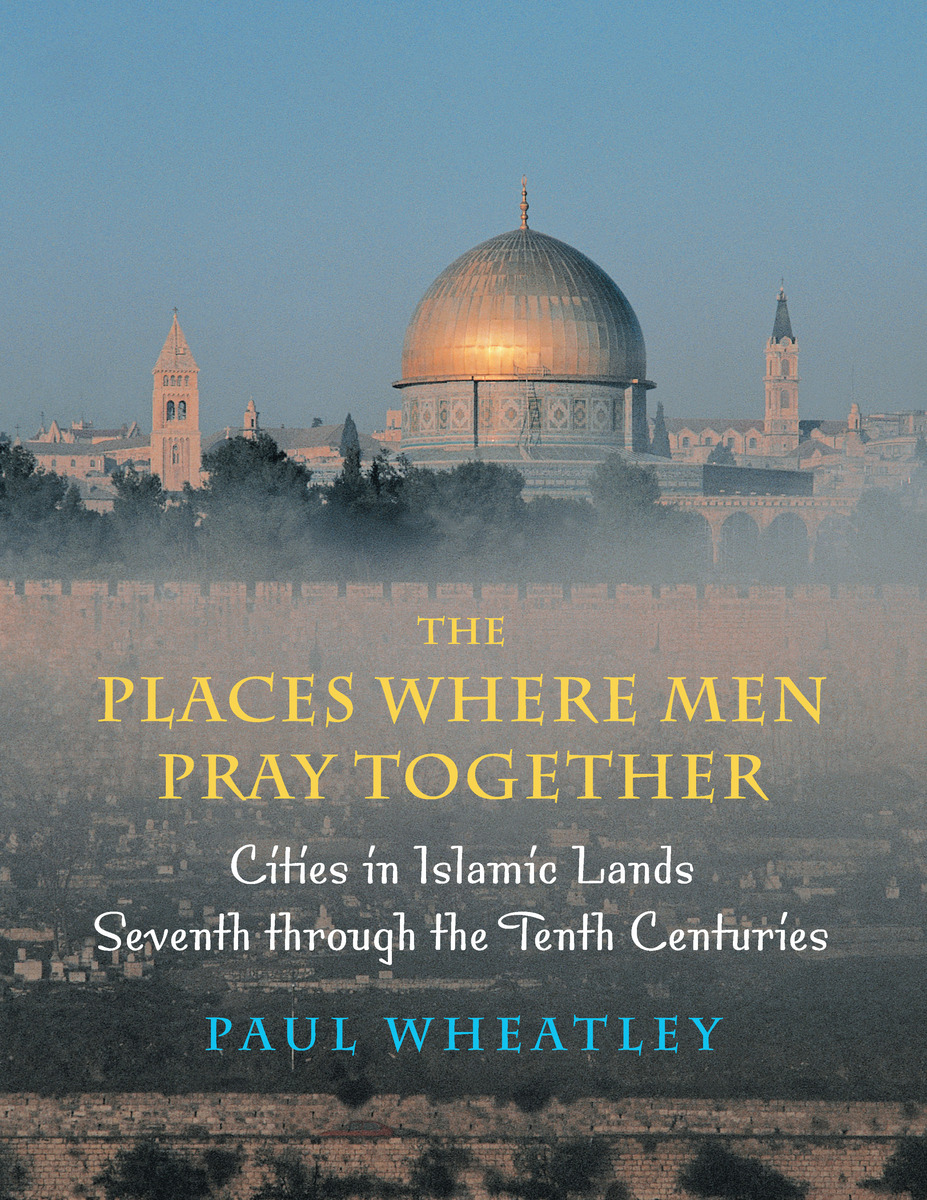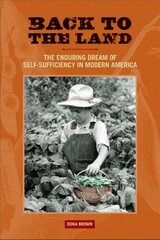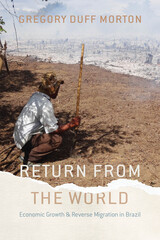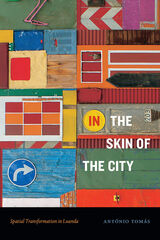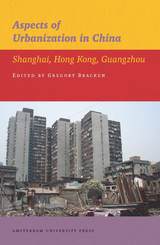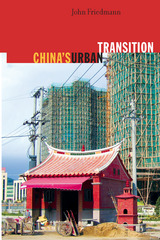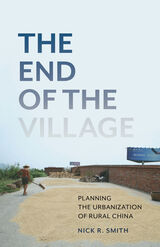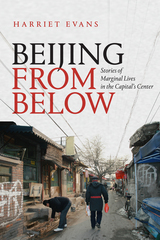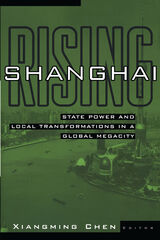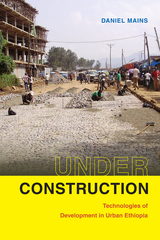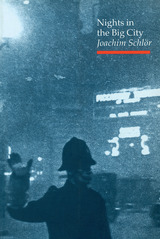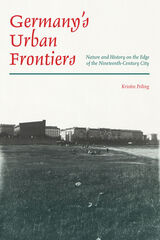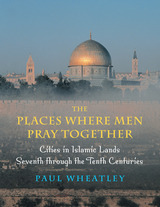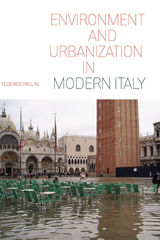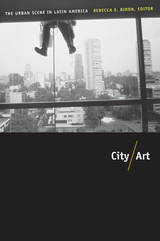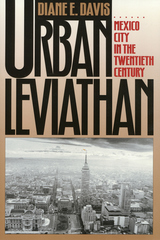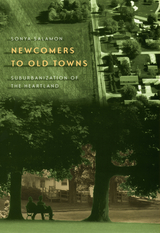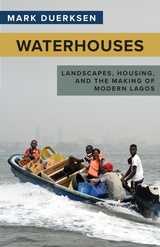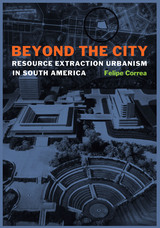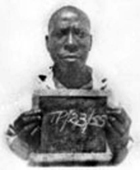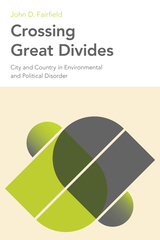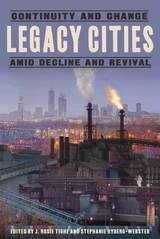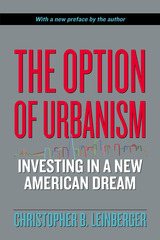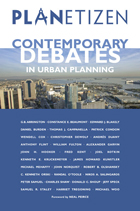The Places Where Men Pray Together: Cities in Islamic Lands, Seventh through the Tenth Centuries
University of Chicago Press, 2001
Cloth: 978-0-226-89428-7
Library of Congress Classification HT384.I67W48 2001
Dewey Decimal Classification 307.760917671
Cloth: 978-0-226-89428-7
Library of Congress Classification HT384.I67W48 2001
Dewey Decimal Classification 307.760917671
ABOUT THIS BOOK | AUTHOR BIOGRAPHY | TOC | REQUEST ACCESSIBLE FILE
ABOUT THIS BOOK
What makes a city an economic, political, and cultural center? In The Places Where Men Pray Together, Paul Wheatley draws on two decades of astonishingly wide-ranging research to demonstrate that Islamic cities are defined by function rather than form—by what they do rather than what they are. Focusing on the roles of cities during the first four centuries of Islamic expansion, Wheatley explores interconnected cultural, historical, economic, political, and religious factors to provide the clearest and most extensively documented portrait of early Islamic urban centers available to date.
Building on the tenth-century geographer al-Maqdisi's writings on urban centers of the Islamic world, buttressed by extensive comparative material from roadbooks, topographies, histories, adab literatures, and gazetteers of the time, Wheatley identifies the main functions of different Islamic urban centers. Chapters on each of the thirteen centers that al-Maqdisi identified, ranging from the Atlantic to the Indus and from the Caspian to the Sudan, form the heart of this book. In each case Wheatley shows how specific agglomeration and accessibility factors combined to make every city functionally distinct as a creator of effective space. He also demonstrates that, far from revolutionizing every aspect of life in these cities, the adoption of Islam often affected the development of these cities less than previously existing local traditions.
The Places Where Men Pray Together is a monumental work that will speak to scholars and readers across a broad variety of disciplines, from historians, anthropologists, and sociologists to religious historians, archaeologists, and geographers.
Building on the tenth-century geographer al-Maqdisi's writings on urban centers of the Islamic world, buttressed by extensive comparative material from roadbooks, topographies, histories, adab literatures, and gazetteers of the time, Wheatley identifies the main functions of different Islamic urban centers. Chapters on each of the thirteen centers that al-Maqdisi identified, ranging from the Atlantic to the Indus and from the Caspian to the Sudan, form the heart of this book. In each case Wheatley shows how specific agglomeration and accessibility factors combined to make every city functionally distinct as a creator of effective space. He also demonstrates that, far from revolutionizing every aspect of life in these cities, the adoption of Islam often affected the development of these cities less than previously existing local traditions.
The Places Where Men Pray Together is a monumental work that will speak to scholars and readers across a broad variety of disciplines, from historians, anthropologists, and sociologists to religious historians, archaeologists, and geographers.
See other books on: Cities | Cities and towns | Islamic countries | Islamic Lands | Urbanization
See other titles from University of Chicago Press
